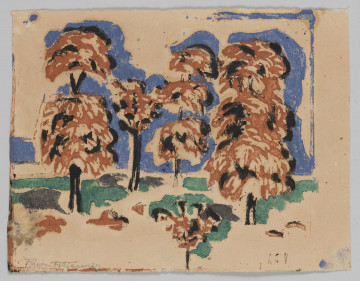Quart
ante 1939
Museum of the history of Polish Jews
These dishes were used for ritual hand washing. According to Jewish law, hands should be washed up to the wrists three times each. The first wash takes place right after waking up, so the prepared dish should be placed near the bed. Then, hands are ritually washed before each meal containing bread or after using the toilet during the day. After each ritual washing, the blessing al netilat jadajim is pronounced: "Be blessed, my Lord our God, King of the Universe, who sanctified us with your commandments and commanded us to wash our hands."
The Hebrew word for vessel: natla (or antal) comes from netilat. The vessel should be filled with clean water. Providing it with two handles made it possible to change hands during ablution without putting down the vessel. The instructions on washing your hands appear both in the Bible (Pentateuch, Psalms) and in the Talmud. They repeatedly mention the principles of ritual cleanliness, not only for washing hands, but also the whole body, as well as for washing dishes. Customs derived from religious laws made the Jews relatively less susceptible to infectious diseases. The religious Jews strictly observe ritual cleanliness, which is why such vessels can be found to this day in synagogues, private homes and hotels.
MW

1800 — 1921
National Museum in Lublin

1901 — 1984
National Museum in Szczecin

1901 — 1950
National Museum in Lublin
DISCOVER this TOPIC
Museum of King Jan III's Palace at Wilanów
DISCOVER this PATH
Educational path